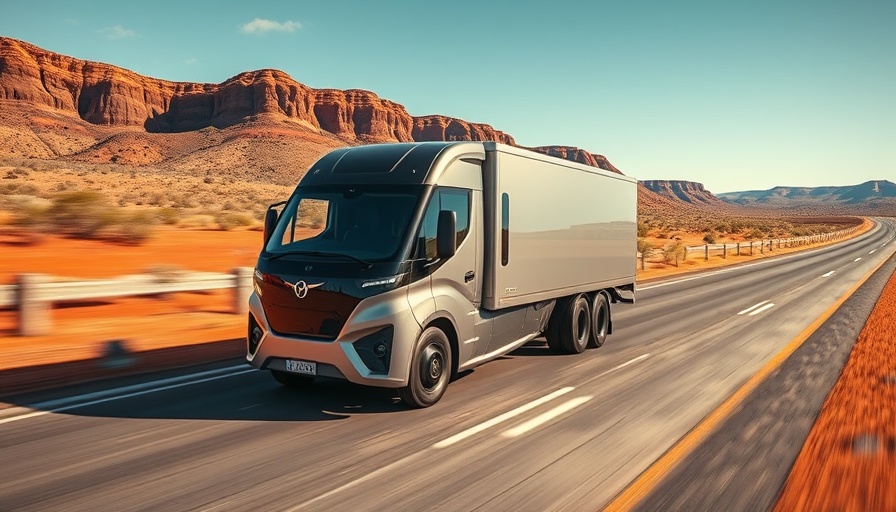
Pioneering the Future of Transport in Australia
In an unprecedented move for Australian manufacturing, Volvo Group Australia is set to lead the charge towards electric heavy-duty vehicles by commencing the production of the nation's first-ever Australian-made heavy-duty electric trucks. This ambitious venture will take place at Volvo’s Wacol facility in Brisbane, anticipated to begin next year. This initiative is a significant step towards revolutionizing the Australian transport sector, aligning perfectly with Australia’s growing need for sustainable transport solutions.
Major Order Signals Confidence in Local Manufacturing
The announcement coincides with the delivery of ten electric trucks to leading logistics provider Linfox, marking the largest single order for heavy-duty electric trucks in Australia, which totals 30 units. As part of this landmark order, ten trucks will proudly carry the Australian Made label. Linfox has already initiated trials with Volvo's electric trucks, showcasing a strong confidence in the new technology following successful tests since 2021.
Expanding National Manufacturing Capabilities
According to Martin Lundstedt, President and CEO of Volvo Group, this initiative is more than just the deployment of new vehicles; it signifies a transformative moment for Australian manufacturing as it embraces sustainable practices. By committing to build a third of these electric trucks locally, Volvo is striving to boost the nation’s manufacturing potential and adapt solutions to meet the demands of Australia’s unique transport challenges, which include long distances and varying terrains.
A Vision for a Sustainable Future
In addition to manufacturing, Volvo's commitment aims to accelerate the adoption of electric vehicles (EVs) in Australia, ultimately leading to lower emissions within the transport sector. Martin Merrick, President of Volvo Group Australia, emphasized that this move is pivotal for establishing a robust electric truck manufacturing industry. It will create skilled jobs and drive innovation, fostering a new generation of zero-emission solutions in road transport.
The Role of Government in Industry Transformation
For this initiative to succeed, Merrick highlighted the importance of government support in providing incentives for businesses, particularly small to medium enterprises. With attainable financial support, these businesses can follow Linfox's lead and contribute to expanding the use of low-emission vehicles across Australia.
Implications for the Transport Industry
The decision to produce electric trucks locally is expected to set a new standard within the logistics and transport industries. According to Peter Fox, Executive Chairman of Linfox, partnering with Volvo not only positions their fleet at the forefront of sustainability but also establishes a benchmark for the industry. As more companies adopt similar practices, Australia could see an overall shift toward greener logistics.
Where This Leaves Australia
This groundbreaking announcement represents not only a shift for Volvo but suggests a broader transformation for Australia’s approach to transportation and manufacturing. By embracing electric vehicle technology, Australia steps closer to achieving a sustainable future, capable of meeting both national and global standards for environmental responsibility.
 Add Row
Add Row  Add
Add 






Write A Comment